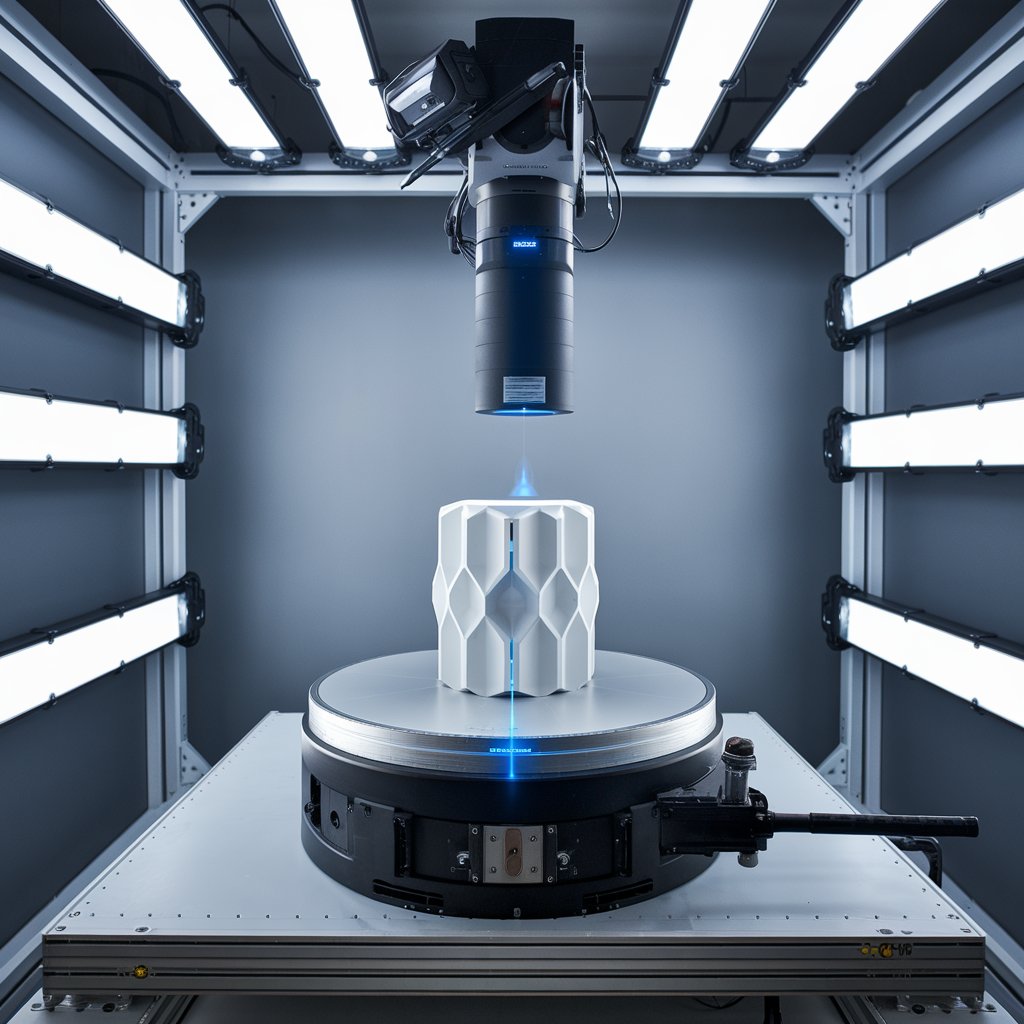3D metrology, the science of measuring the physical geometrical characteristics of an object, has seen transformative innovations in recent years. As industries demand greater precision and efficiency, advancements in 3D metrology are becoming crucial for quality assurance, product development, and manufacturing processes. This article explores the latest innovations in 3D metrology and their implications across various sectors.
Understanding 3D Metrology
3D metrology encompasses a range of techniques and technologies used to capture the physical dimensions of objects in three dimensions. This includes methods like laser scanning, coordinate measuring machines (CMM), and optical inspection systems. The goal is to ensure that parts and assemblies meet specified tolerances and quality standards.
The 3D metrology industry is expected to grow from USD 11.13 billion in 2024 to reach USD 15.01 billion by 2029, growing at a CAGR of 6.2% from 2024 to 2029 The growing need for increased production speed by electronics manufacturing services companies, high focus on quality control in the manufacturing sector, increased research and development (R&D) investments, rising use of 3D data for analysis and modeling in various industries are expected to boost the 3D metrology industry .
Key Innovations in 3D Metrology
- Advancements in Sensor Technology
The development of high-resolution sensors is at the forefront of 3D metrology innovation. New sensors, such as laser triangulation and structured light sensors, provide enhanced accuracy and faster data capture. These sensors can now measure complex geometries with precision, making them invaluable in industries like aerospace, automotive, and manufacturing. - Portable and Handheld Devices
The emergence of portable and handheld 3D measurement devices has revolutionized how measurements are taken. These tools allow for greater flexibility and accessibility, enabling operators to conduct measurements in situ—right at the point of need—rather than bringing parts to a stationary CMM. This innovation not only saves time but also reduces transportation costs and the risk of damage to components. - Integration of Artificial Intelligence (AI)
AI is increasingly being integrated into 3D metrology systems to enhance data analysis and decision-making processes. Machine learning algorithms can identify patterns in measurement data, enabling predictive maintenance and quality control. This capability reduces the likelihood of defects and streamlines the manufacturing process.
Download PDF Brochure @ https://www.marketsandmarkets.com/pdfdownloadNew.asp?id=203080758

- Real-Time Data Processing
Innovations in data processing technology have led to the ability to analyze measurement data in real-time. This capability allows manufacturers to make immediate adjustments to production processes based on the measurement results, significantly enhancing quality control and reducing waste. - 3D Printing and Metrology
The rise of 3D printing has created a need for effective metrology solutions to ensure printed parts meet design specifications. Innovations in 3D metrology are adapting to this need by developing specific tools and techniques for measuring the intricacies of additive manufacturing. This includes non-contact measurement methods that can capture complex geometries without affecting the surface finish. - Virtual and Augmented Reality (VR/AR)
VR and AR technologies are making their way into 3D metrology, offering innovative visualization tools for interpreting measurement data. Engineers and quality control personnel can use AR glasses to overlay measurement data on physical objects, providing a clearer understanding of how components fit within assemblies. This interactive approach enhances collaboration and aids in training.
Applications Across Industries
- Aerospace and Defense
The aerospace industry demands the highest levels of precision due to safety and performance requirements. 3D metrology innovations are essential for inspecting complex components, ensuring compliance with stringent regulations, and enhancing overall manufacturing efficiency. - Automotive
In the automotive sector, innovations in 3D metrology support quality control throughout the manufacturing process, from initial design to final assembly. With the integration of AI and real-time data processing, manufacturers can detect potential issues early and improve product reliability. - Healthcare
In the medical field, 3D metrology plays a crucial role in the production of medical devices and implants. Innovations in measurement technology are enabling better customization of medical solutions, ensuring that devices fit patients’ unique anatomies. - Construction and Civil Engineering
The construction industry benefits from 3D metrology in site surveys, structural inspections, and project management. With portable measurement devices, construction teams can verify dimensions and alignment on-site, reducing errors and rework.
Challenges and Future Directions
While the innovations in 3D metrology are promising, challenges remain. Ensuring interoperability between different measurement systems and software platforms is crucial for seamless integration into existing workflows. Additionally, as technologies evolve, ongoing training and education will be necessary to equip professionals with the skills to leverage these advanced tools effectively.
Looking ahead, the future of 3D metrology will likely see further advancements in automation, cloud computing, and data analytics. As industries continue to embrace Industry 4.0 principles, the integration of 3D metrology into automated production lines will enhance efficiency and accuracy across various sectors.
Innovations in 3D metrology are shaping the future of precision measurement, driving improvements in quality control, efficiency, and product development. As industries increasingly rely on accurate measurements to meet regulatory standards and consumer expectations, the role of 3D metrology will become even more critical. By embracing these innovations, organizations can enhance their competitive advantage and ensure the successful delivery of high-quality products. The journey of 3D metrology is just beginning, and its potential is vast, promising a future where precision meets progress.
The major players operating in the 3D metrology companies include
- Hexagon AB (Sweden),
- FARO Technologies, Inc. (US),
- Keyence Corporation (Japan),
- Jenoptik AG (Germany),
- Nikon Corporation (Japan),
- Mitutoyo Corporation (Japan),
- ZEISS Group (Germany),
- KLA Corporation (US),
- Perceptron, Inc. (US),
- Renishaw plc (UK),
- Creaform (Canada),
- Baker Hughes Company (US),
- CyberOptics Corporation (US),
- Trimble, Inc. (US),
- 3D Systems, Inc. (US),
- Automated Precision, Inc. (US), and
- Metrologic Group (France), among others.
